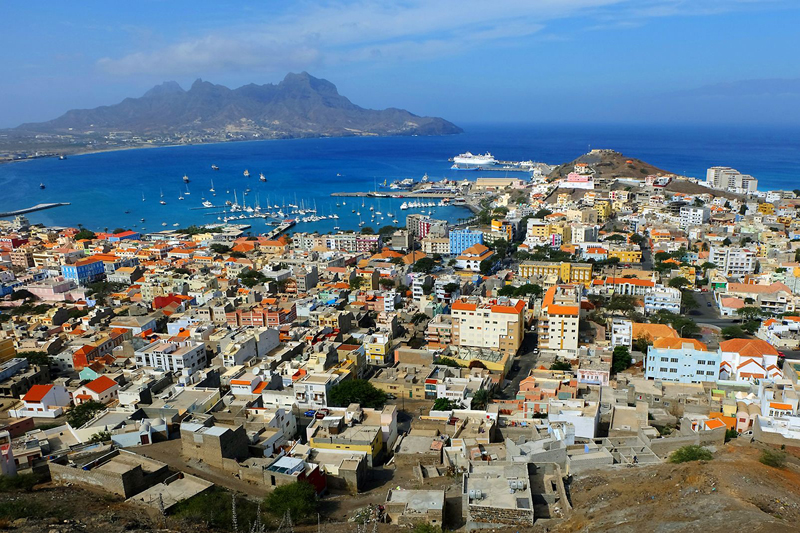Cape Verde’s trade balance deficit showed a decline of 11.6% year-on-year in May, reaching 67.5 million euros, as reported by the National Statistics Institute (INE).
The monthly statistical report on Foreign Trade from INE reveals that this improvement was driven by a 10.5% decrease in imports compared to May 2022, totaling 7,883 million escudos (71.3 million euros).
Re-exports also experienced a decline of 31.9% to 1,873 million escudos (16.9 million euros), while exports saw a positive growth of 14.9% to 426 million escudos (3.8 million euros).

However, as in previous months, Cape Verde’s trade balance remained negative in May, with a deficit of 7,457 million escudos (67.5 million euros).
This is a reduction from the deficit of 8,438 million escudos (76.4 million euros) recorded in the same month of 2022.
As indicated by previous government data, Cape Verde heavily relies on imports for approximately 80% of its food consumption, largely due to the prolonged drought that has affected the archipelago over the past four years.
Furthermore, about 80% of electricity production still relies on fossil fuel plants, necessitating the import of refined fuels.
In May, Europe remained Cape Verde’s primary export destination, with 89.8% of total exports, particularly to Spain (48.5%), Italy (21.4%), and Portugal (19.3%).
As reported by INE, prepared and canned products accounted for the majority of exports at 79.4%.
In terms of imports, Europe continued to be the main supplier to Cape Verde, representing 75.3% of the total, primarily from Portugal (45.2%) and Spain (17.2%), along with contributions from China (5.6%) and the Netherlands (4.4%).
Earlier, INE released data indicating a 25.5% increase in Cape Verde’s imports and a 3% decrease in exports throughout 2022 compared to the previous year.
Europe maintained its position as Cape Verde’s key export market, absorbing 93.8% of the country’s total exports, slightly higher than the previous year’s figure of 92.1%.
Cape Verde has been grappling with the aftermath of a severe economic and financial crisis triggered by the significant decline in tourism demand since March 2020 due to the COVID-19 pandemic. In 2020, the country experienced a historic economic recession equivalent to 19.6% of GDP, followed by a 7% growth in 2021 and 17% in 2022, driven by the recovery of tourism demand.

